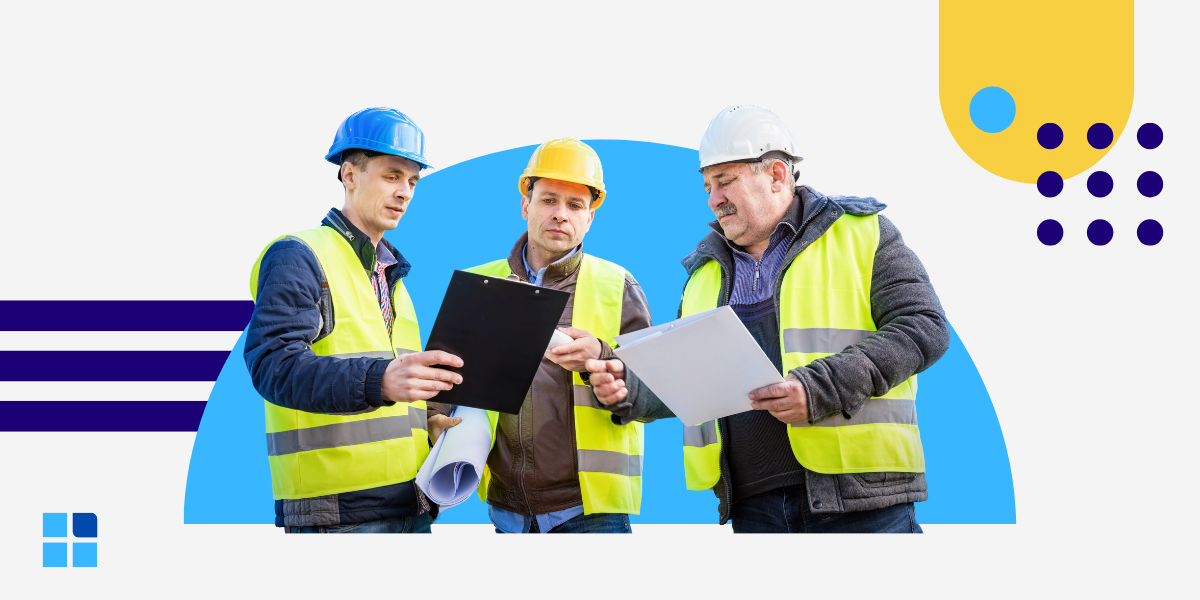All manufacturing plants are home to various types of equipment and machinery. Moreover, these assets take up a huge chunk of a company’s budget, and some could even argue that they are what makes a whole production process run. So, it only makes sense to provide them with proper care and upkeep. But, choosing the right combination can seem difficult and overwhelming since there are so many different approaches available. In today’s article, we get into five common types of maintenance strategies to get you started on choosing the most appropriate choice.
What is maintenance?
In general, maintenance refers to the process of maintaining something or someone. But, in a manufacturing context, maintenance specifically refers to the process of ensuring that all of the equipment on the assembly line and in the factory is up and running at peak efficiency. By performing maintenance on equipment, this reduces breakdowns and failures, and promotes overall reliability. Additionally, while any equipment will eventually give way to wear and tear, the next best thing is to take proactive measures to extend their lifespans.
What are the five common types of maintenance strategies?

There are many types of maintenance strategies to choose from. However, it is important to choose the right one to help maintenance teams minimize costly equipment disruptions that halt production with little to no warning. So, if you’re looking to start a new maintenance initiative, here are five common types of maintenance strategies to get you started.
1. Reactive maintenance
Also known as breakdown maintenance, reactive maintenance, as the name suggests, is a reactive approach to maintenance management. Reactive maintenance might seem like one of the least effective types of maintenance strategies. But, it is probably the most intuitive of all the strategies. This is because it has the simple goal of fixing a broken piece of equipment. In essence, reactive maintenance is pretty simple: fix things when they break. There are two main reasons why a manufacturing plant might need to perform reactive maintenance. The first is to service equipment from an unplanned breakdown. The other is purposely running equipment until it fails.
3. Corrective maintenance
Think of corrective maintenance as an extension of the interpretation of breakdown maintenance. While there is still a reactive sense to applying a remediating action, the goal is to not end up complete equipment failure. So, with this type of maintenance strategy, you aren’t performing maintenance because of a breakdown event. Instead, you are performing maintenance when an issue is detected through condition monitoring or when a routine inspection uncovers a potential fault.
2. Preventive maintenance
Preventive maintenance (or preventative maintenance) is the process of regularly and routinely performing maintenance on assets. Doing so reduces the chances of unexpected equipment downtime and failure. In essence, it is considered to be one of the more proactive types of maintenance strategies and it is increasingly becoming the standard for most plants. This is because it keeps assets running efficiently, maintains a high safety level for your employees, and helps you avoid large and costly repairs down the road.
4. Predictive maintenance
A relatively newer and more advanced approach to maintenance is predictive maintenance (PdM). Unlike preventive maintenance, predictive maintenance is truly a proactive maintenance strategy. It uses data analysis to identify operational anomalies and potential equipment defects. This ensures timely repairs before failures occur. In other words, it uses historical and real-time data from various parts of your operation to anticipate problems before they happen. For instance, a vibration-analyzing sensor might notify you about an impending malfunction, prompting you to thoroughly inspect and perform repairs before any breakdown or failures occur.
5. Reliability-centered maintenance (RCM)
Reliability-centered maintenance (RCM) is a corporate level maintenance strategy that is implemented to optimize the maintenance program of a company or plant. It provides a roadmap to analyze and act upon the root causes of equipment failures with the goal of obtaining affordable asset reliability. Essentially, it is a complete framework that always attempts to extend equipment lifespans and decrease downtime. But, in the most cost-efficient way possible. Teams that implement RCM use a combination of maintenance planning, asset condition monitoring, predictive maintenance, and preventive maintenance to avoid costly equipment failures.
Choosing a Maintenance Strategy
When determining which type of maintenance strategy is the right fit for your manufacturing plant, it is important to take into account your budget, goals, and risk tolerance. What’s more, to develop an effective maintenance program, this requires you to weigh the benefits and costs of each type of maintenance strategy. Remember, maintenance management is about addressing asset failure by using the best insights to eventually achieve your desired goals. It is also important to keep in mind that a proactive maintenance strategy might cost you more in terms of initial investment. Nevertheless, it will easily pay for itself the first time unplanned downtime is prevented.





